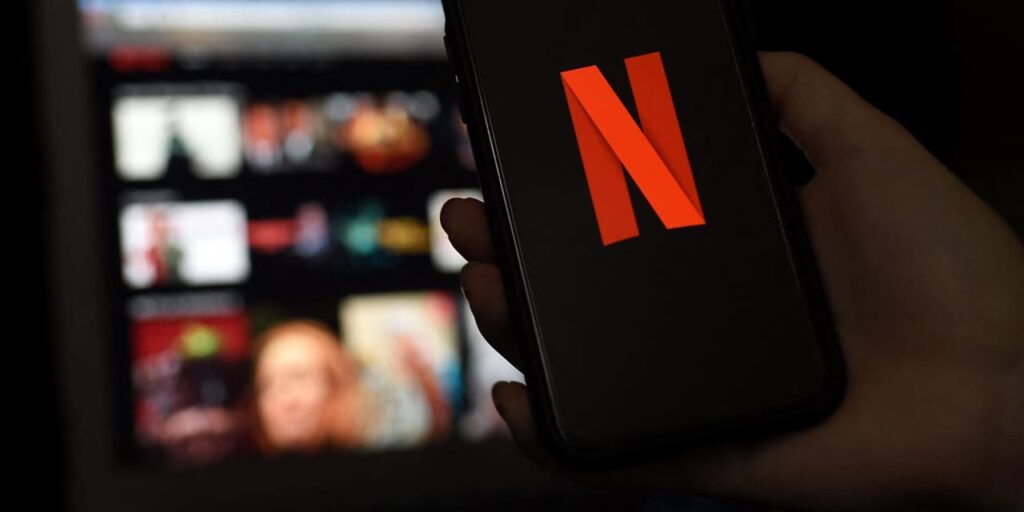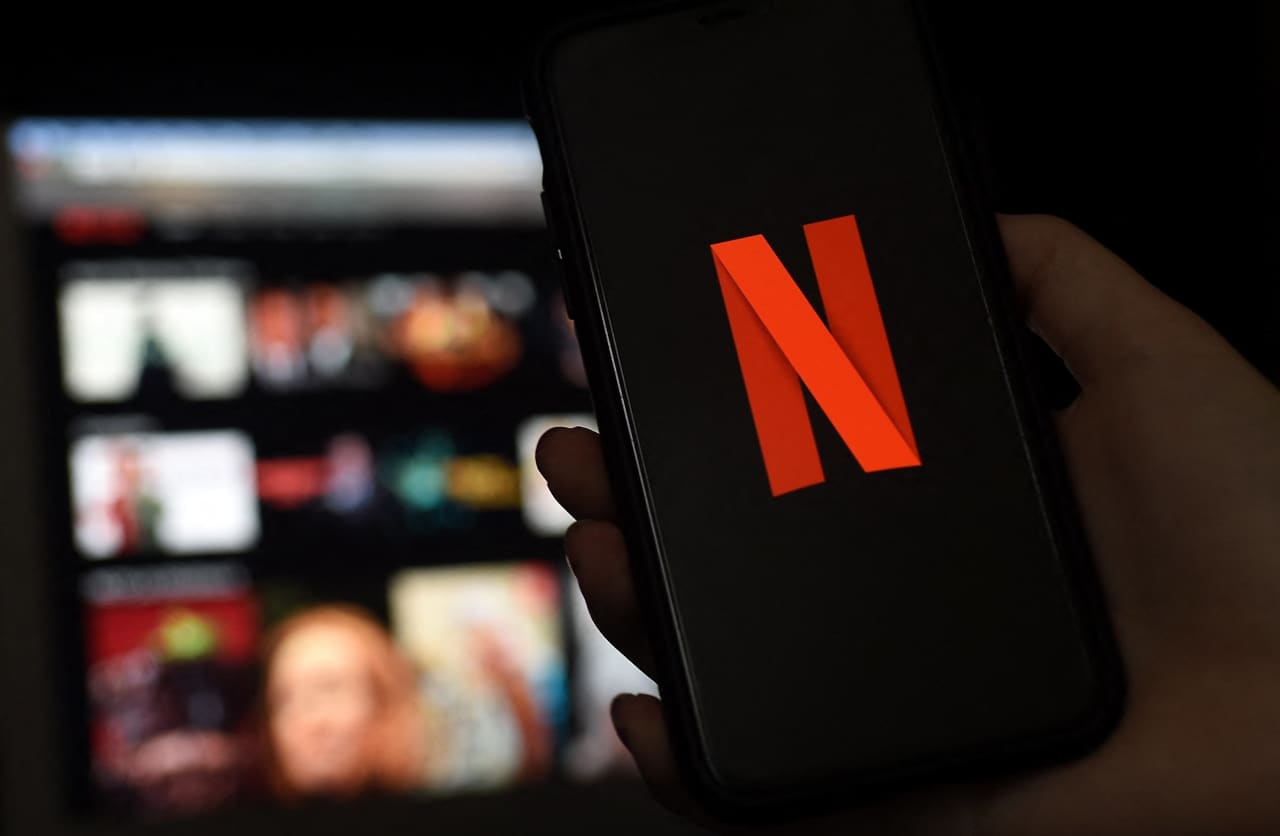Netflix’s ever-shifting content model now includes live sports and more gaming

If there’s one point Netflix Inc. executives have consistently made, quarter after quarter, it is this: Content is transforming as video-streaming services trim spending on programming.
During its fiscal fourth-quarter livestreamed call late Tuesday with questions from analysts, company executives touched on their maiden voyage into live-sports programming, a deeper dive into gaming and more licensed series.
The quest for unique content was highlighted earlier Tuesday, when Netflix
NFLX,
announced a 10-year, $5 billion deal with World Wrestling Entertainment Inc.
TKO,
to stream its flagship “Raw” program on Monday nights, beginning in 2025. It is Netflix’s first major foray into live sports, and could be extended up to 20 years. The investment is part of the $17 billion Netflix intends to spend on content this year.
Read more: WWE’s ‘Raw’ to run exclusively on Netflix for 10 years
“We view the announcement as further evidence that Netflix sees significant value in live entertainment/live sports,” Cowen analyst John Blackledge said in a note Tuesday.
Netflix, meanwhile, “will continue to maintain a healthy blend of licensed titles and original series,” co-Chief Executive Ted Sarandos said on the video call. “We have a history of resurrecting shows like ‘Suits’ and making them a pop-culture event.”
Netflix’s years-long commitment to gaming is slowly proceeding as a “very small” percentage of its content budget, co-CEO Greg Peters said on the call, as the company builds videogames as a strong component to drive subscriptions and increase customer retention.
“We expect our industry to remain highly competitive given: the franchise strength and programming expertise within traditional entertainment companies; ongoing heavy investment from large tech players like YouTube, Amazon and Apple; and broader competition for people’s time, including gaming and social media (TikTok, Instagram, etc.),” Netflix executives said in a letter to shareholders announcing the results.
“It’s why continuing to improve our entertainment offering is so important, and as many of our competitors cut back on their content spend, we continue to invest in our slate,” they added.
The specter of AI-created content amid escalating production costs have companies like Netflix, Walt Disney Co.
DIS,
Apple Inc.
AAPL,
Comcast Corp.
CMCSA,
and Amazon.com Inc.
AMZN,
reassessing their content spending. For example, Disney CEO Bob Iger has repeatedly hinted the Magic Kingdom will not lean as heavily on blockbuster movies to build its audience.
“Within this smaller content-spend pie, we also anticipate a continuation of money moving out of traditional U.S.-produced general entertainment and into sports, unscripted and foreign productions, each of which tend to have a higher or less risky ROI,” analyst Michael Nathanson said in a note Tuesday.
The acquisition of WWE Raw comes amid news that Scott Stuber, chairman of Netflix Films, is leaving the company in March. Despite a slew of Academy Award nominations under his watch, including 18 on Tuesday, Stuber acknowledged criticism that Netflix has placed a premium on quantity over quality at times.
Still, some analysts yearn for more forms of content to expand Netflix’s reach.
“I am curious how these guys diversify the revenue base and move into new areas like gaming, live betting, mixed media and eSports,” Mark Vena, CEO and principal analyst at SmartTech Research, said in an interview. “Now, it is kind of like a return to the traditional TV model of live sports, licensing of older shows like ‘Suits,’ limited series, and away from big-budget, blockbuster films.”
Harsh economic realities and fluctuating consumer tastes have augured significant changes in how major streaming services build programming and consider deploying technology without escalating annual multibillion-dollar content budgets.
Read more: Netflix, Disney and other big streaming names are shifting their strategy. What can you expect?“
“Great content has to be paid for, and investors want to see an increasingly efficient and profitable business,” Jacqueline Corbelli, chief executive of software company BrightLine, said in an interview. “Right now the economics of these are at odds with one another.”
What differentiates Netflix and gives it a competitive advantage is its “pure-play streaming-service status,” Corbelli added. “It doesn’t have the legacy model and cannibalization issues that linear networks face as they shift from the linear model.”
She expects Netflix to reach 50 million ad-supported subscribers — about 10% of its subscriber base — by the end of 2024.
Netflix’s Peters said during the video call that the company’s top priority in advertising is scale. The company has partnered with Microsoft Corp.
MSFT,
on ad technology.
“The streaming industry is evolving at a rapid pace — streamers have changed their business models overnight, and Netflix is still leading the pack,” Dan Gorman, chief executive of digital media supply-chain provider Ateliere Creative Technologies, said in an email message. “The focus will likely shift to enhancing the ad tier’s effectiveness and exploring new growth avenues, such as gaming and possibly sports content.”









